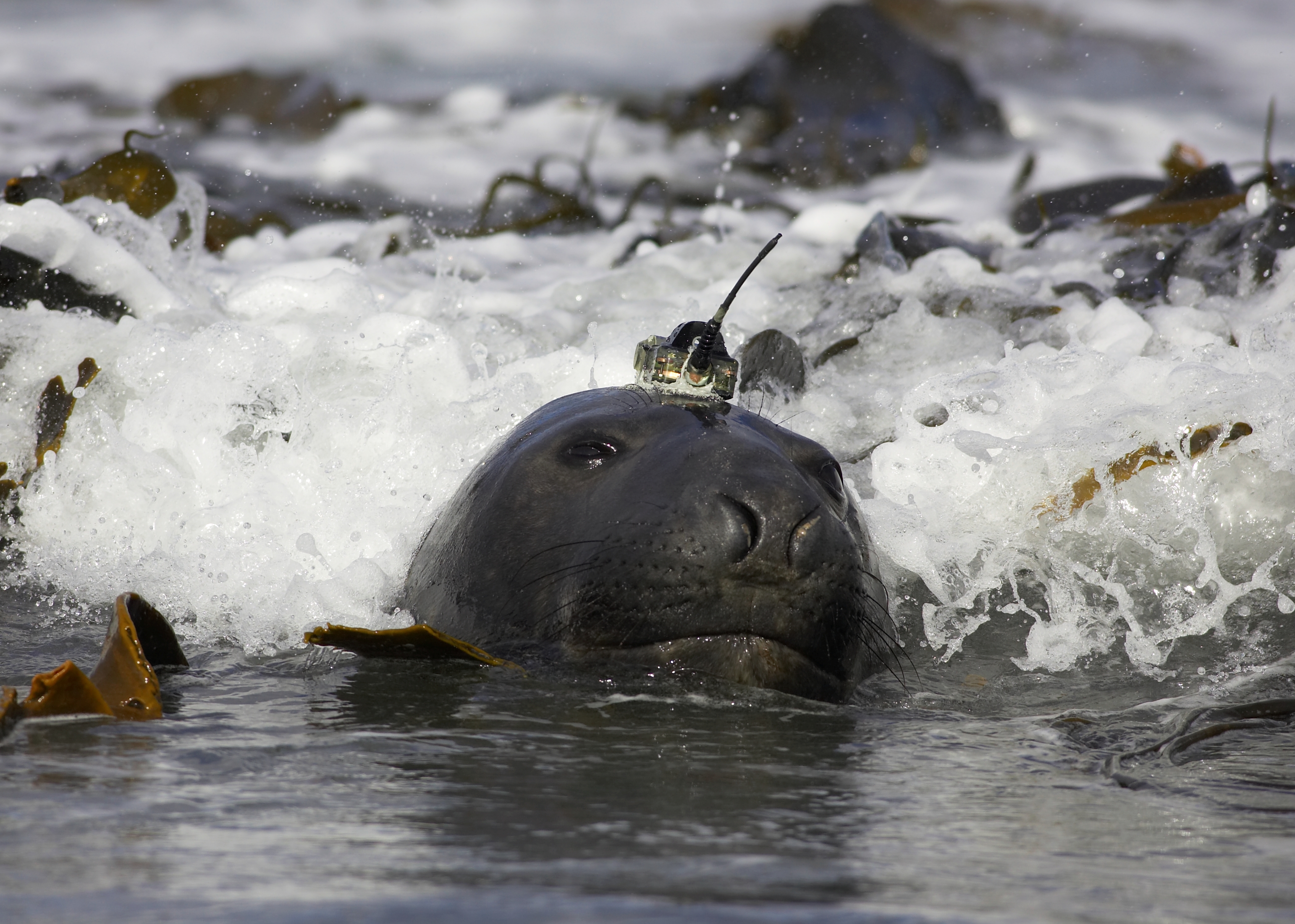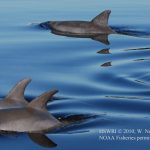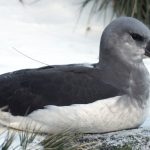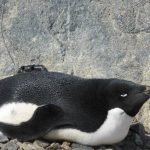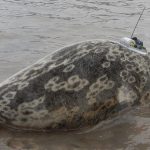← Back
Elephant seals diving for science
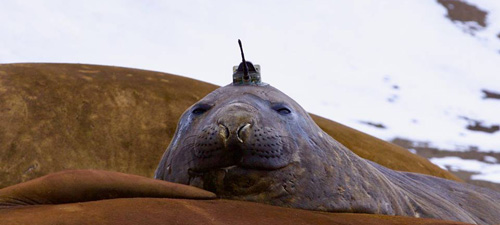
The marine animals living in the open ocean, and especially in the Southern Ocean, are among the ones which knowledge benefitted the most from Argos wildlife tracking. We discovered a lot about Southern Elephant seals, among those – depths of dive, paths followed, etc., all things completely unknown previously and about their environment and the way it affects their behaviour. Tracking continues, for a better knowledge of the seals, and also since they are irreplaceable divers to places we need to measure more often.
Southern Elephant seals (Mirounga leonina) are living around Antarctica (a different species lives in the North Pacific), breeding on the islands there like Kerguelen or Macquarie Island. Before the advent of Argos PTTs and of the clever sensors measuring things like temperature, pressure etc., nobody had the slightest idea that those animals are among the recordcreatures of different disciplines: they dive at about 1500 m (the deepest dives can be down past 2000 m) while holding their breath for 30 min (the longest known breath hold is 120 min); they are also making long trips horizontally – maybe not the 20,000 leagues of the novel, but more than 6000 km in less than six months, swimming and diving all the way.
Elephant seals from Kerguelen search their food in two main foraging areas: in the subAntarctic and Antarctic waters. Females forage most of the time far in the open ocean, while subadult and adult males search their food over the Kerguelen and the Antarctic plateaus.

Artist view of an elephant seal by the youngest (5-6 years old), projected while presenting the species during the Argonautica annual meeting
Their travels and the spread of their tracks (from -10° to 100°E this year – for two different individuals), as well as their frequent and deep dives gave the idea to marine biologists to use that species to collect oceanographic data while studying their at-sea ecology. Temperature and salinity data are added to physical oceanographic databases in conjunction with the Argo floats. So they are complementing the Argo float array, in areas where not so many instruments are launched in particular South of 60 degrees South, a region especially important for regulating global climate, where there are almost no hydrographic observations.
Some of those elephant seals, either from Clive McMahon (IMOS, Australia) or from Christophe Guinet (CEBC, France)’s teams were followed this year (and previous years) within the French Space Agency educational project Argonautica (description of this project here, the maps and tracks in both English and French).
References
Photo featured : Elephant seal with an Argos tag (photo C. McMahon, IMOS/U. Sydney)

